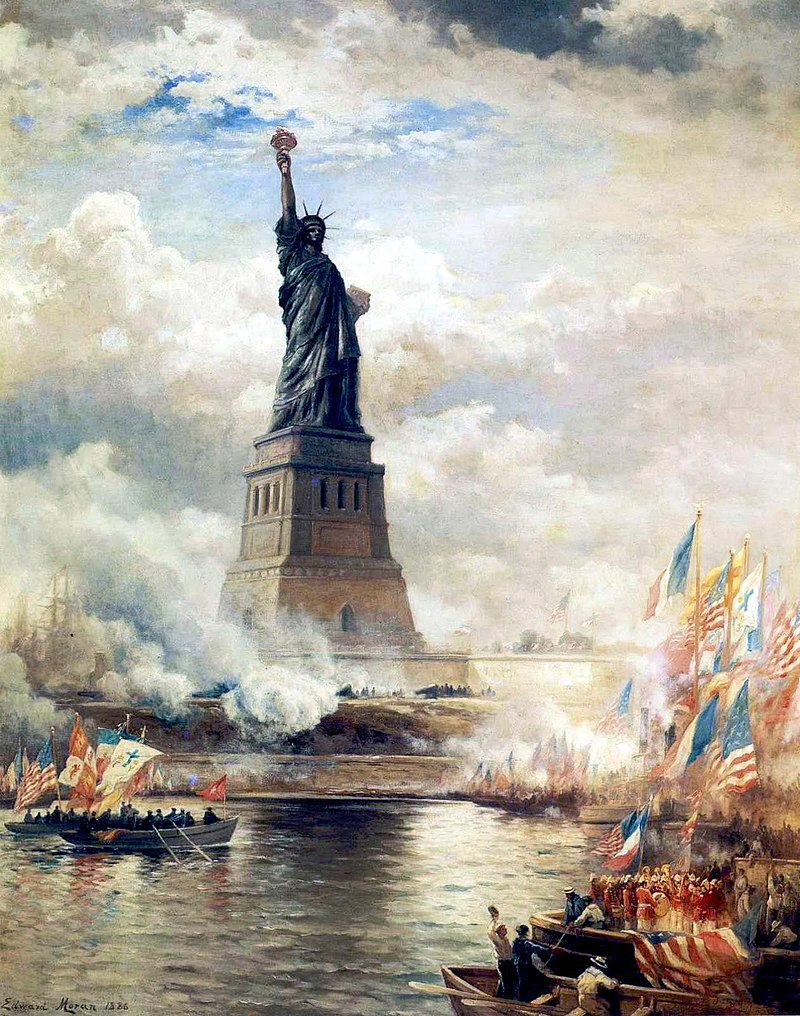On the morning of June 17, 1885, a French steamer arrived at New York Harbor, delivering 214 crates. Inside these crates were the disassembled pieces of the Statue of Liberty, a gift from France celebrating the alliance between France and the United States during the American Revolution. The statue was intended to embody America’s ideals of freedom and democracy and to serve as a symbol of friendship.
The Statue of Liberty was designed by the French artist Frédéric-Auguste Bartholdi. He drew inspiration from the classical appearance of a Roman goddess draped in a flowing robe, and the statue’s face was modeled after Bartholdi’s mother. The statue features a crown with seven spikes, symbolizing the “extension of light to the world,” with each spike representing the seven continents and the seven seas. In her right hand, she holds a torch high, symbolizing progress, and in her left hand, she carries a tablet meant to represent the Declaration of Independence.
Fun Facts about the Statue of Liberty:
- The Statue of Liberty is a lightning magnet! It is struck over 600 times a year on average.
- Her official name is “Liberty Enlightening the World,” a name given to her by designer Frederic-Auguste Bartholdi. She is also commonly referred to as “Lady Liberty.”
- The original torch held by Lady Liberty was replaced in 1984 with a torch covered in 24k gold leaf.
- Lady Liberty is made out of copper. The statue is green due to the oxidation process of copper.
- The Statue of Liberty was originally designed to function as a lighthouse, with the torch serving as a guiding light.

